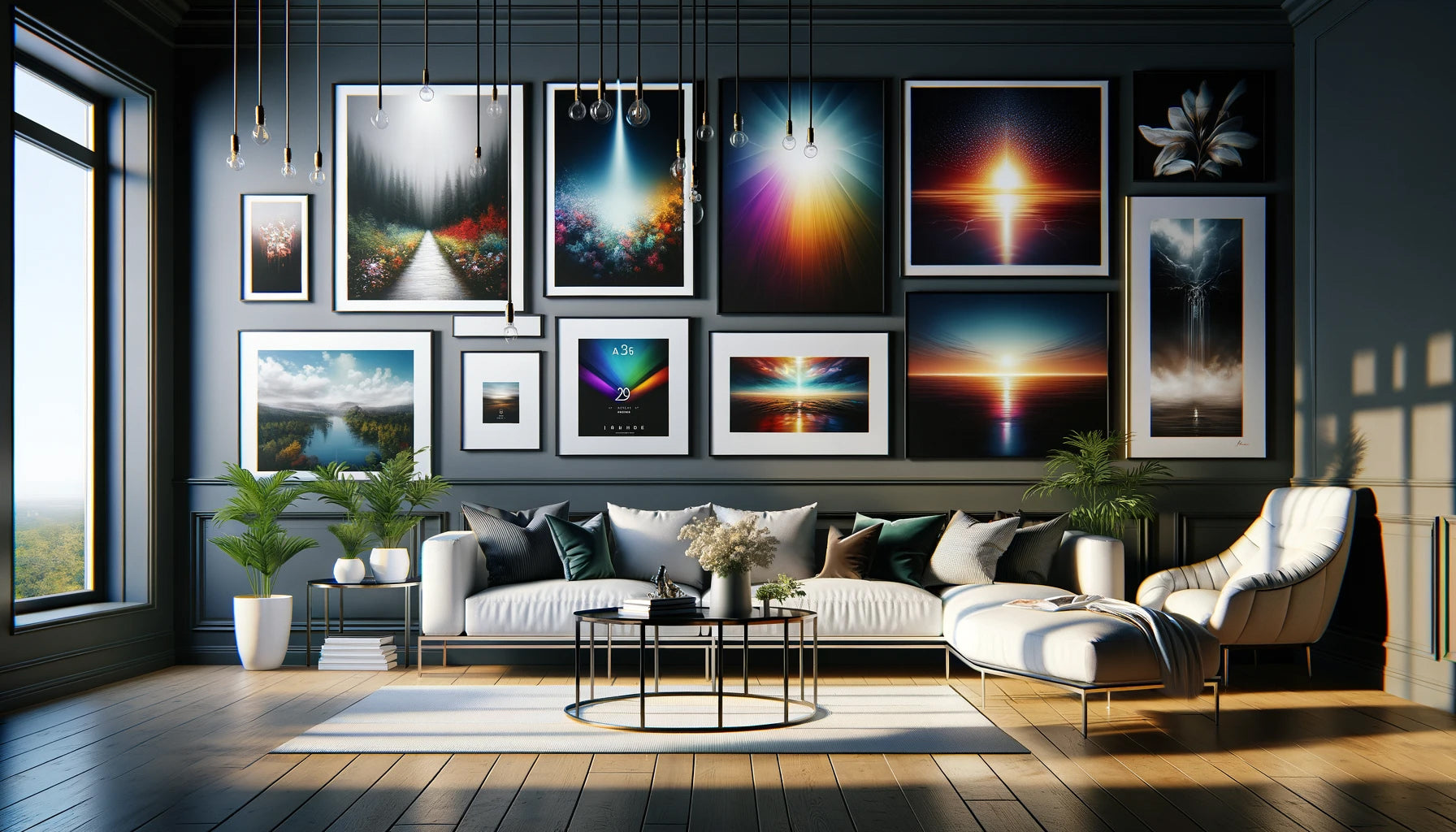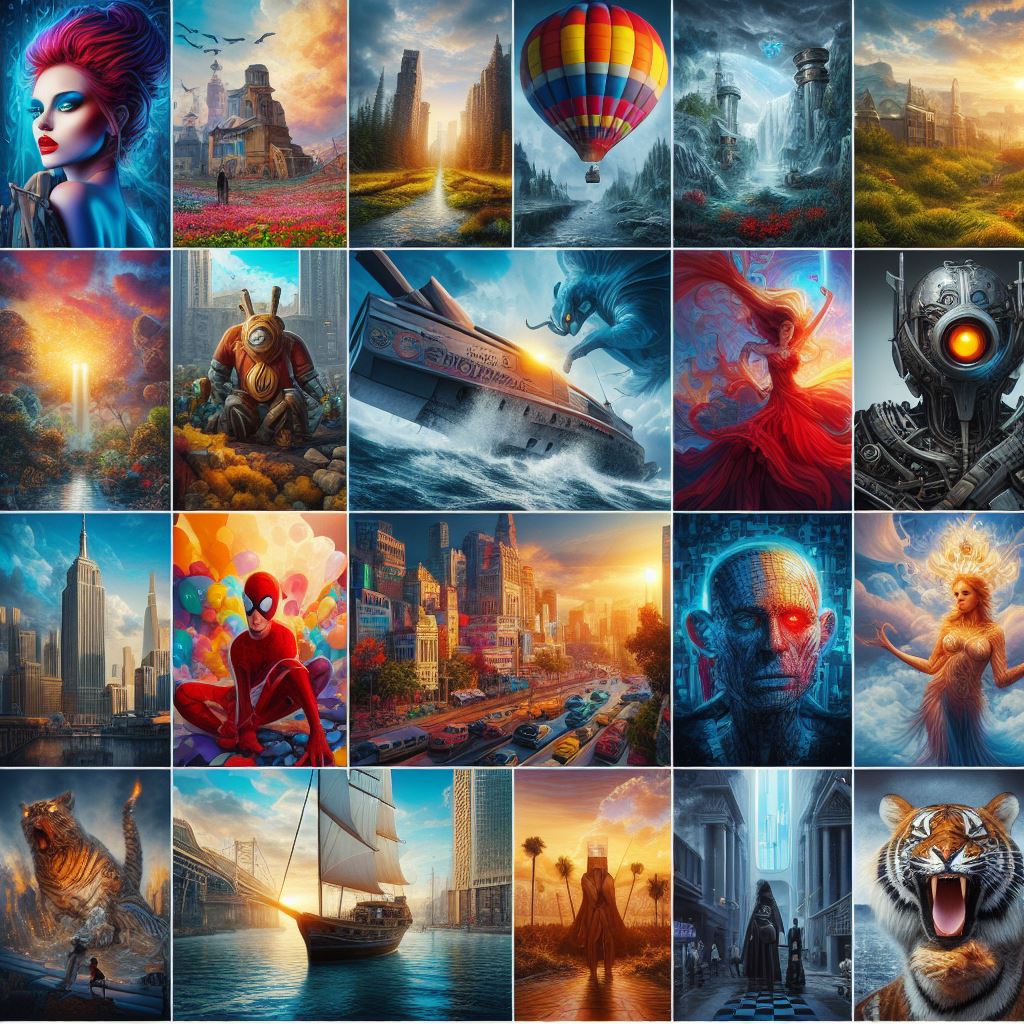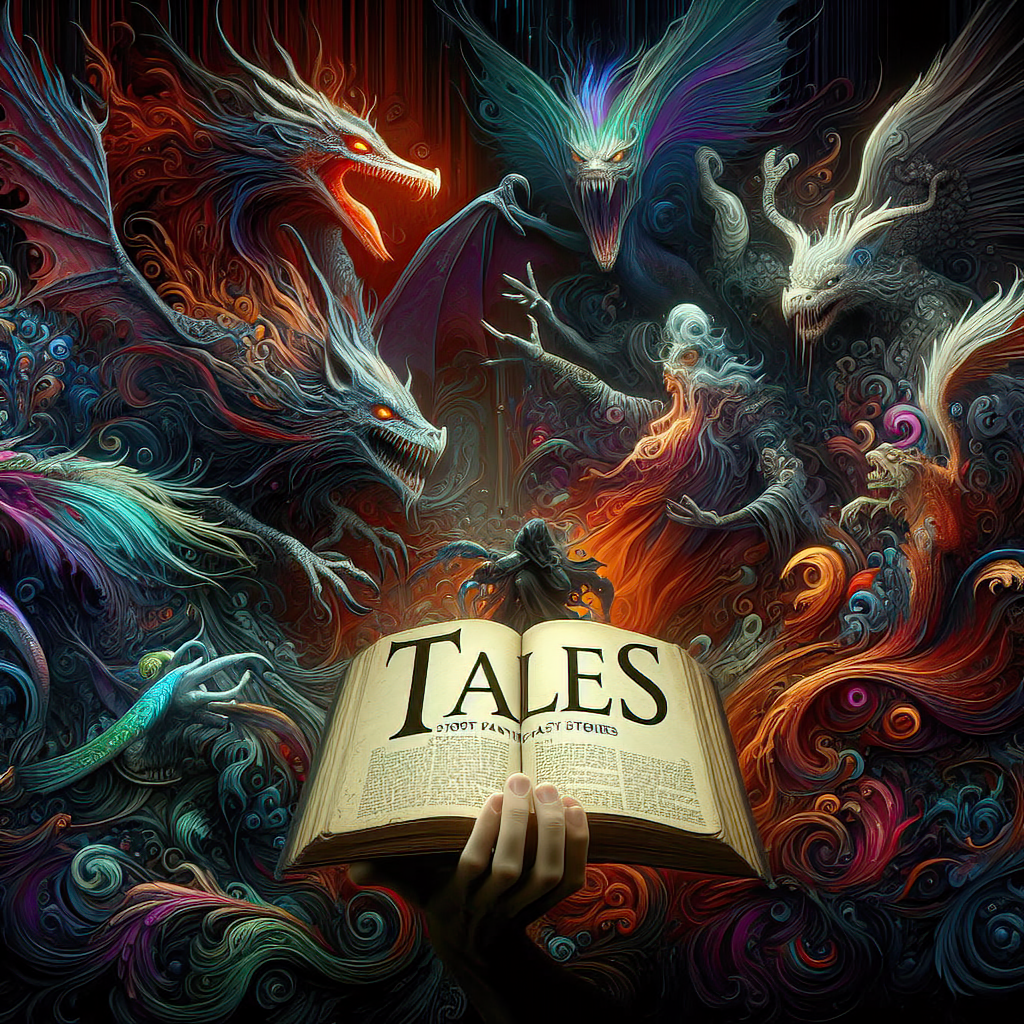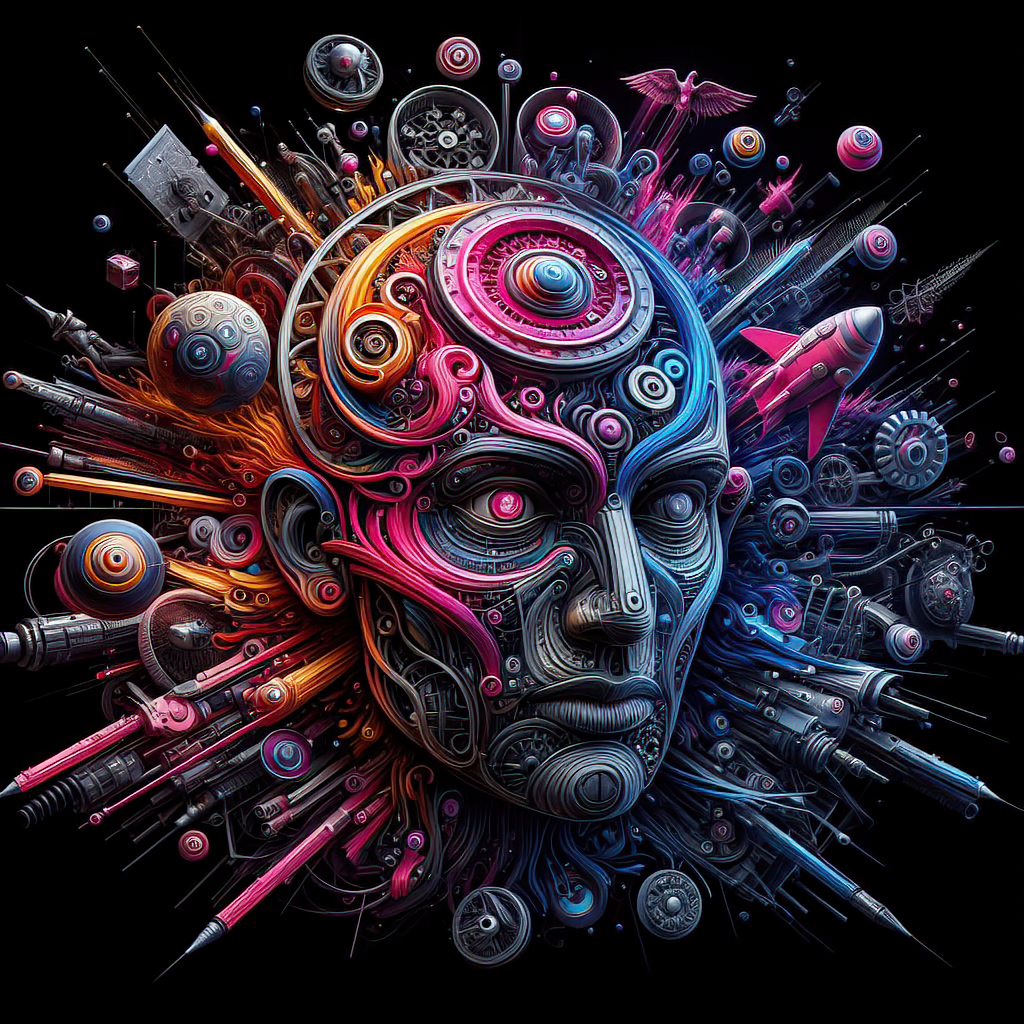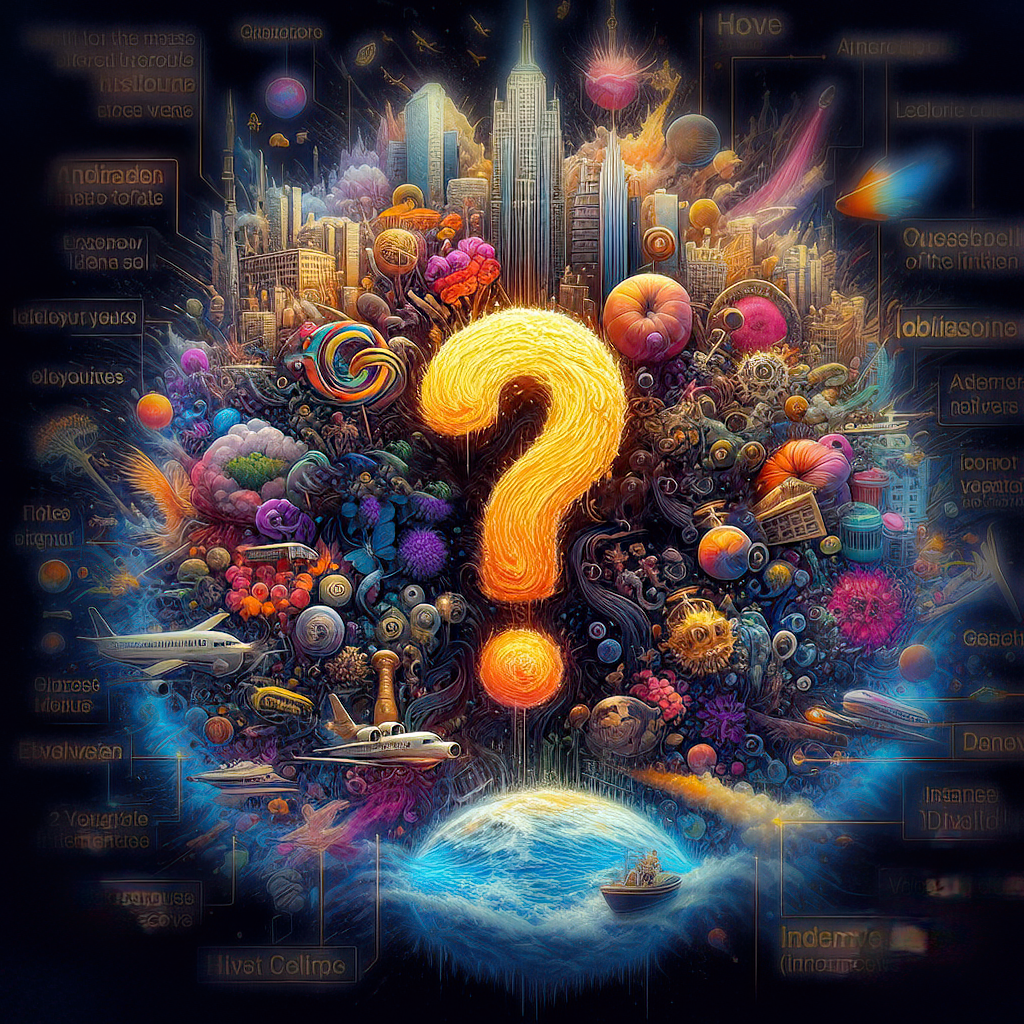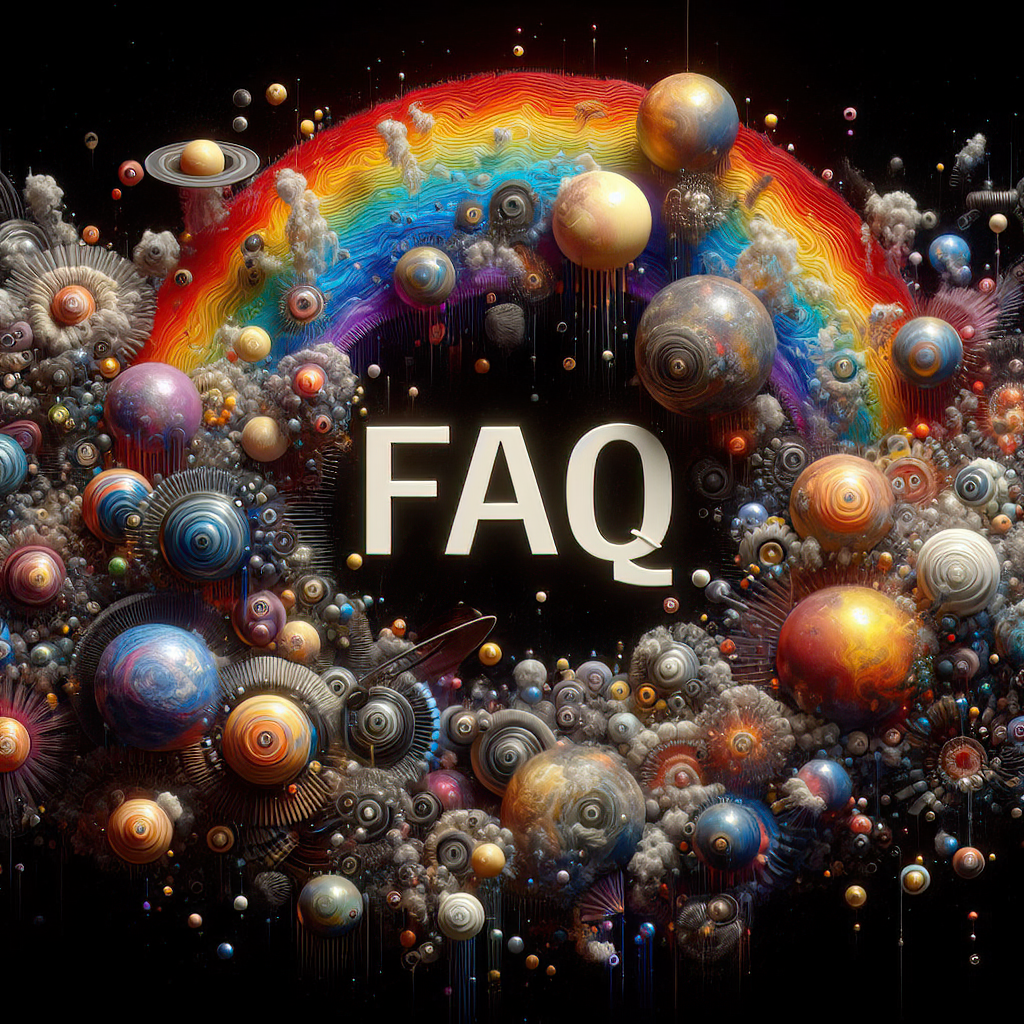
by Bill Tiepelman
The Write Angle: Enhancing Visuals with Narrative
Hello, visual voyagers and narrative navigators! Welcome to "The Write Angle," where we merge the visual with the verbal, transforming good projects into unforgettable stories. Imagine turning a simple photo or design into a compelling novel that captivates the viewer's imagination. That's the power of storytelling, and it's not just for writers. Today, we're diving into the art of enhancing your visuals with narrative, transforming them from static images into dynamic tales. Ready to turn your visuals into vibrant vignettes? Let's embark on this storytelling journey together! The Foundation of Visual Storytelling Visual storytelling is an ancient craft, reinvented for the digital age. It's the art of weaving elements together to tell a story without uttering a single word. Think of it as the silent film of the design world; it needs no dialogue to whisper, shout, or sing its message. Every photograph, every design carries a narrative; your job is to unearth it. Like a detective at an art gallery, let's decode the mysteries of visual narratives. Building Your Story: Elements of a Narrative Every story needs a hero, a setting, a challenge, and a resolution – yes, even in visuals. Your hero could be a lonely tree on a hill or a splatter of ink on canvas. The setting? Perhaps a stormy sky or a chaotic office. Conflict arises in the clash of colors, the tension in lines, or the solitude amidst a crowd. Resolution comes with the calm after the storm, the clarity in chaos. By considering these elements, you transform a mere image into a saga. Setting the Scene: Composition and Setting In visual storytelling, composition is your stage director. It tells your elements where to stand, when to move, and how to interact. The setting frames your narrative, providing context and mood. Is your story a tranquil morning or a bustling city night? Use the rule of thirds to place your protagonists or lead the viewer's eye along winding roads into the horizon. Remember, every element in your frame is a character in your story. Capturing Emotion: Color and Lighting Colors speak a language older than words, conveying emotions and setting the tone. Warm hues whisper of joy and nostalgia, while cool tones echo with calm or melancholy. Lighting, the director of photography for your visual narrative, sculpts your scene, highlighting drama, casting shadows of doubt, or bathing your subject in an ethereal glow. Manipulate these elements wisely, and watch your story come alive, frame by frame. Characters and Subjects: Bringing Stories to Life Characters are the heart and soul of your story. In visuals, your subject can be anything that captures attention and provokes thought. It could be a person, an object, or even a shape. The key? Relatability. Viewers should see a piece of themselves in your subjects, a reflection of their dreams, fears, or unanswered questions. Position them in your frame like chess pieces, each move deliberate, telling part of the tale. Perspective and Angle: Crafting Your Viewpoint Your angle is your voice, your unique perspective in the narrative. Top-down views can create detachment, a god-like observation of the scene, while eye-level shots invite intimacy, pulling the viewer into the frame. Skew the perspective to introduce dissonance or unease. Your camera is your pen, your angle, the ink; write your visual story with thoughtful intention. Merging Text and Imagery: A Harmonious Relationship Sometimes, visuals need words to guide the narrative. But like a delicate dance, the partnership between text and image must be harmonious. Use text sparingly, let it complement, not overshadow your visuals. Choose fonts that echo the mood of your story, and place them where they help rather than hinder the journey through your image. Editing and Refinement: Polishing the Narrative Editing is where your visual story is honed and sharpened. It's the final cut, the director's cut. Trim the unnecessary, highlight the essential. Ask yourself, "Does this element serve the story?" If not, let it go. Your narrative should be clear, cohesive, and compelling – a visual journey that entices, engages, and endures. And there you have it, fellow storytellers, your primer to enhancing visuals with narrative. The journey from a mere image to a mesmerizing story is both challenging and rewarding. Remember, every photo, every design is a blank page waiting for your story. So go forth, explore the boundaries of your creativity, and share your visual tales with the world. Who knows? Your next project might just be the visual novel that captures hearts and imaginations. Happy storytelling!
